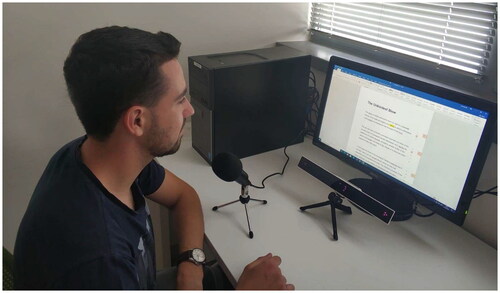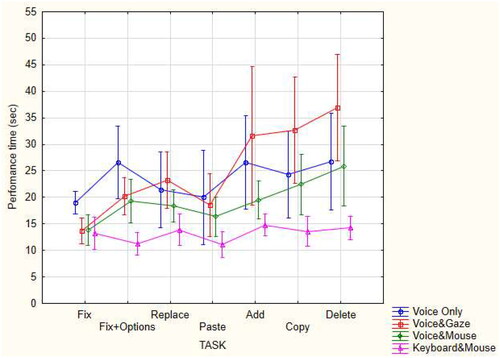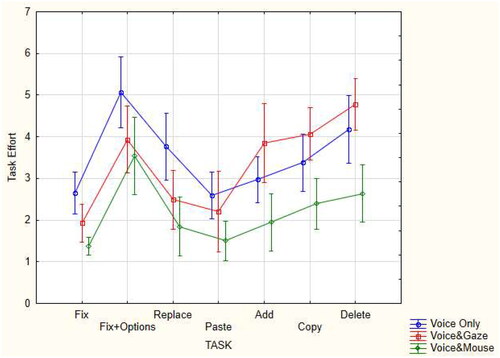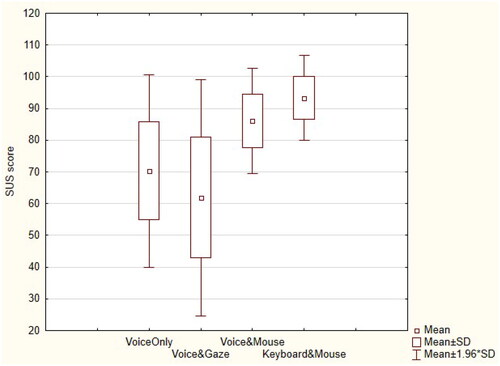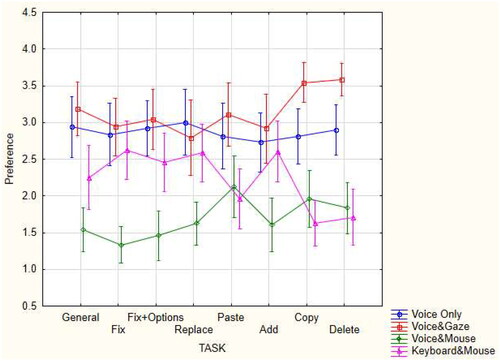Figures & data
Figure 1. Workflow of the fix task using the three systems: voice-only (a), voice&gaze (b), and voice&mouse (c).
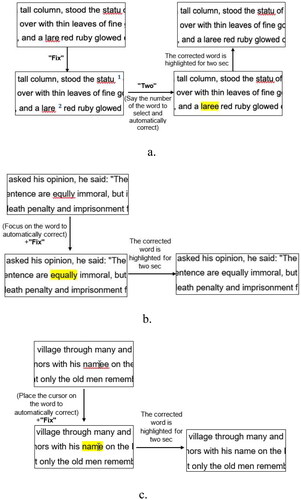
Figure 2. Workflow of the fix + options task using the three systems: voice-only (a), voice&gaze (b), and voice&mouse (c).

Figure 3. Workflow of the replace task using the three systems: voice-only (a), voice&gaze (b), and voice&mouse (c).
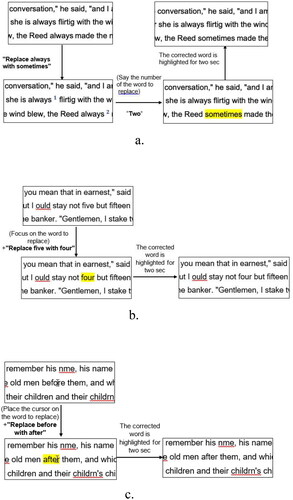
Figure 4. Workflow of the copy task using the three systems: voice-only (a), voice&gaze (b), and voice&mouse (c).
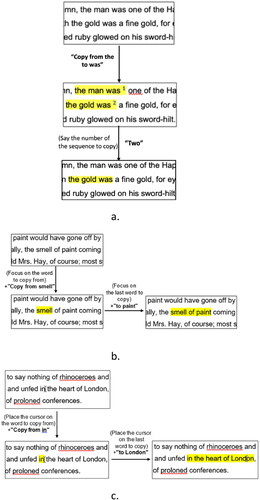
Figure 5. Workflow of the paste task using the three systems: voice-only (a), voice&gaze (b), and voice&mouse (c).
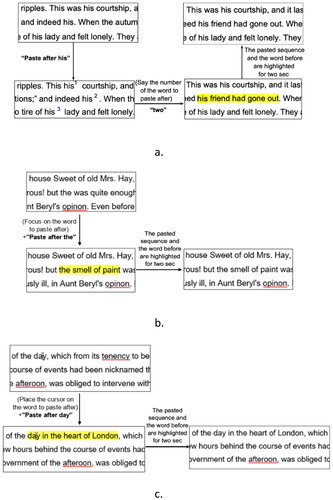
Figure 6. Workflow of the add task using the three systems: voice-only (a), voice&gaze (b), and voice&mouse (c).
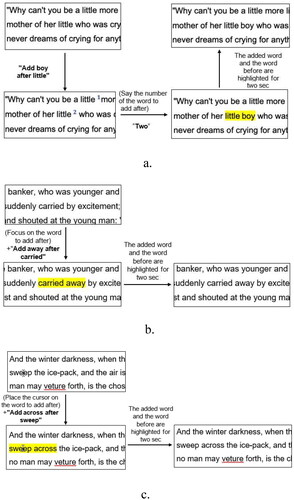
Figure 7. Workflow of the delete task using the three systems: voice-only (a), voice&gaze (b), and voice&mouse (c).
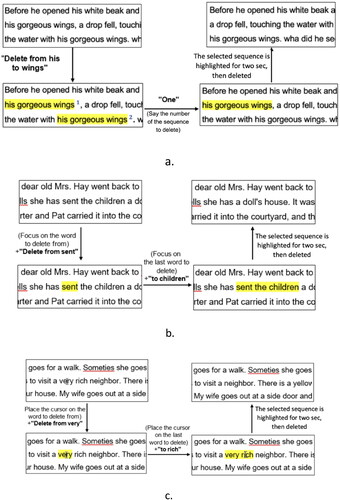
Table 1. The results of the separate three-way ANOVAs with repeated measures on the performance time and the task effort.

